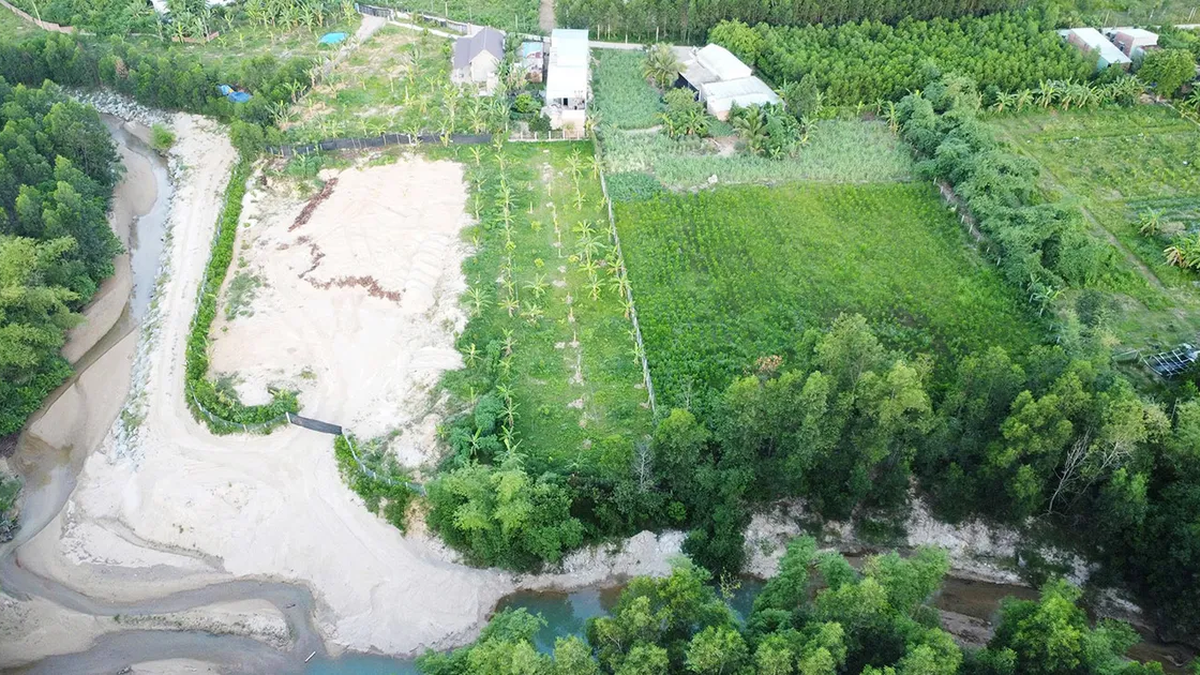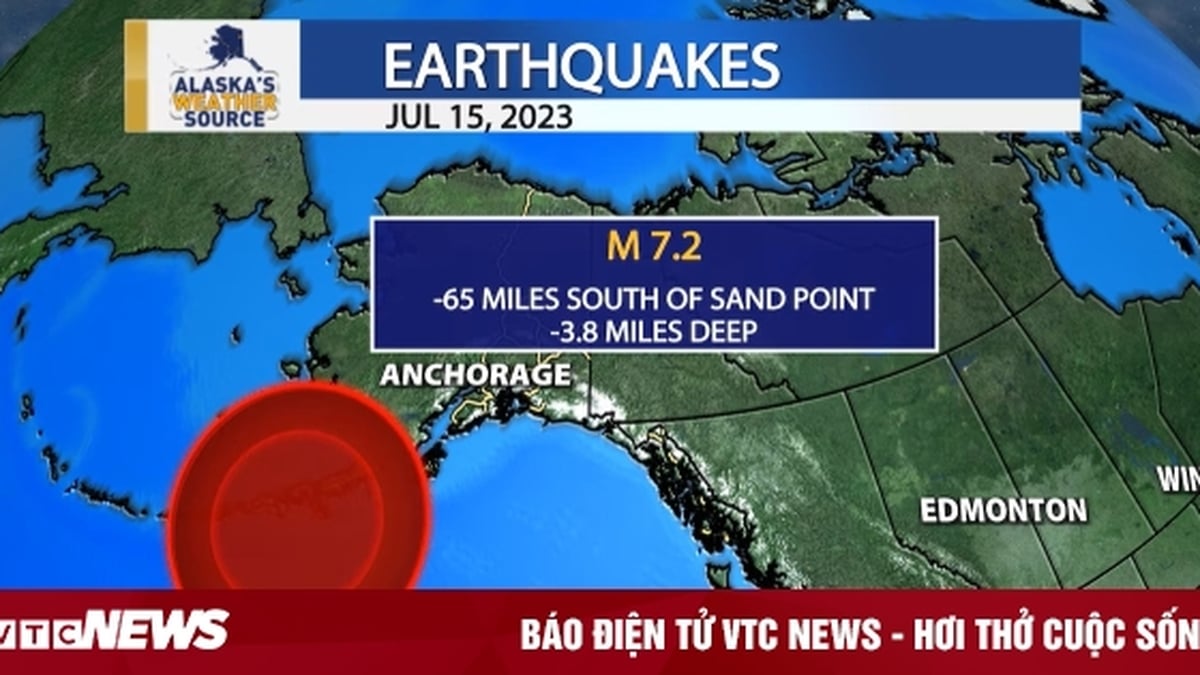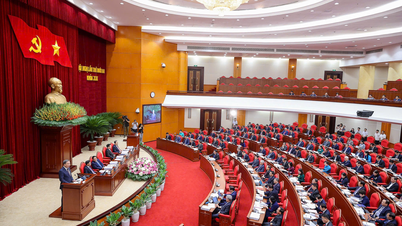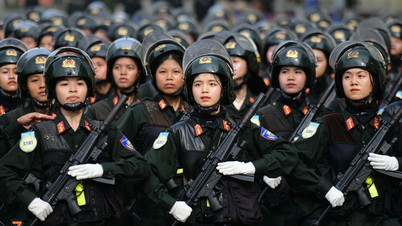The first time the South is cold
For the first time since the beginning of 2023, people in Ho Chi Minh City have felt the cold weather. Ms. Nguyen Ngoc Ha (residing in District 7) said: "In previous years, the cold weather often appeared a few weeks before Christmas. There were many years when the temperature was only ten degrees, so we had to wear warm clothes when going out. This time it was almost the opposite. Throughout December and into early 2024, the weather was always extremely hot and sunny, waiting all the time but not seeing a single cool day. I and many acquaintances thought that the South would enter the hot season, but suddenly in recent days the weather has been cold in the late evening and lasted until about 7-8 am the next morning, there was also a light wind at noon, less hot than before. Hopefully this pleasant weather can last to dispel the hot air of the past time and also help people to work better for the last days of the year".

In Ho Chi Minh City these days, the weather is chilly in the early morning...
The Southern Hydrometeorological Station said that on January 15, the lowest temperature in Ho Chi Minh City was 22.5 degrees Celsius and the highest was 32 degrees Celsius. In the entire Southern region, the lowest temperature was generally from 21 - 24 degrees Celsius, with Ta Lai ( Dong Nai ) being only 18.6 degrees Celsius; the highest temperature was generally from 30 - 33 degrees Celsius, with Tay Ninh having the highest at 33.3 degrees Celsius.
Mr. Le Dinh Quyet, Head of Forecasting Department, Southern Hydrometeorological Station, explained: The cold air has been increasing and diffusing deep to the south, affecting the weather in the South. Combined with that, the subtropical high pressure in recent days has been located over the South. This high pressure system is a divergent flow, the air moves downward, limiting the evaporation process. Therefore, there are not enough conditions to form clouds, in the sky at night and early morning, the sky is less cloudy, causing heat radiation to occur quite strongly. This is a phenomenon in which the ground receives solar radiation energy during the day, this heat source is radiated back to the atmosphere at night and early morning. If the day is cloudy, the radiation process is slower, or in other words, the heat loss process is slower. Therefore, the South has had a cooling period, creating cold weather at night and early morning. Some places in the north-east of the South such as Ta Lai have had temperatures below 19 degrees Celsius since January 12 until now.
MSc. Le Thi Xuan Lan (hydrometeorological expert)
According to MSc. Le Thi Xuan Lan, a hydrometeorological expert, the main winter period lasts from January to February every year, so it is not surprising that cold air from the north flows into our country more often and diffuses down to the South. Also because it is the peak of winter, from now until Tet, there will likely be more cold spells and temperatures may drop further than the current level. For this winter, at the beginning of the season, cold air from the north flowing into our country was pulled eastward towards Korea and Japan, making the intensity of the cold air weak and not affecting the southern provinces much.
"Currently, we are also living in a period affected by the El Nino phenomenon, so the number of cold days and the intensity of cold will likely decrease. However, we need to pay attention to extreme and unusual weather phenomena," Ms. Lan commented.

... but noon is still hot with average temperature 32 - 33 degrees Celsius
There will be some cold spells, some places below 18 degrees Celsius.
Mr. Le Dinh Quyet said: In the short term of the next 7 days, the cold high pressure will be stable and gradually weaken. By around January 21 - 22, the cold air is likely to strengthen again. In the high altitude, the subtropical high pressure will invade the west again and gradually become stronger, with the axis position passing through the Southern and South Central regions. Therefore, the early morning weather will still be cold at this time. From now until Tet, there will be strong cold air waves affecting the northern provinces, causing low temperatures, and the cold wave will diffuse deep into the southern provinces. Therefore, the southern region will still have nights and early mornings with low temperatures of 20 - 22 degrees Celsius, and in some places in the Southeast, the temperature will drop below 18 degrees Celsius.
From December of the previous year to January - February, the South occasionally has periods of low air temperature. For Ho Chi Minh City, there are years when the lowest air temperature drops below 16 degrees Celsius. The development of this type of weather depends mainly on the activity of the strong continental cold high pressure system (cold air), diffusing deep to the south, causing the air temperature in the Southern provinces, especially the Eastern provinces and Ho Chi Minh City, to decrease.
"Some years it happens earlier, some years later, depending on the activity of weather systems in the north. This year, the number of days with cold weather up to this point is less than the same period every year, and the air temperature has not dropped too low, so El Nino may also be partly responsible," said Mr. Quyet.
2023 was the hottest year on record, but 2024 will be even hotter
The World Meteorological Organization (WMO) said that meteorological data from six prestigious world centers located in the US, Japan and the EU have officially confirmed that 2023 is the warmest year ever recorded, with a huge difference.
Specifically, the average global temperature in 2023 increased by 1.45 degrees Celsius compared to the pre-industrial period (1850 - 1900). July and August were the two hottest months on record.
Under the Paris Agreement, countries seek to keep the global average temperature rise well below 2 degrees Celsius above pre-industrial levels, while pursuing efforts to limit the temperature increase to 1.5 degrees Celsius above pre-industrial levels. In fact, since the 1980s, each decade has been warmer than the previous decade. The past nine years have been the warmest on record. 2016 was marked by a strong El Niño event, and 2020 is also set to be a record warmest year, with temperatures 1.29 degrees Celsius and 1.27 degrees Celsius above pre-industrial levels, respectively.
"The shift from La Nina to El Nino has already brought warming since mid-2023, which is clearly reflected in the increase in temperatures compared to last year. Since El Nino usually has the greatest impact on global temperatures after its peak, 2024 could be even warmer," said WMO Secretary-General Celeste Saulo. "Climate change is the greatest challenge facing humanity. We must drastically cut greenhouse gas emissions and accelerate the transition to renewable energy sources."
Meanwhile, UN Secretary-General António Guterres said: "Human actions are scorching the earth. 2023 is just a preview of the catastrophic future that awaits us if we do not act now. We must respond to record-breaking temperatures with breakthrough action to avoid the worst climate catastrophe. We must act now with the ambition needed to limit global temperature rise to 1.5 degrees Celsius."
Source link























































































![[Infographic] In 2025, 47 products will achieve national OCOP](https://vphoto.vietnam.vn/thumb/402x226/vietnam/resource/IMAGE/2025/7/16/5d672398b0744db3ab920e05db8e5b7d)













Comment (0)